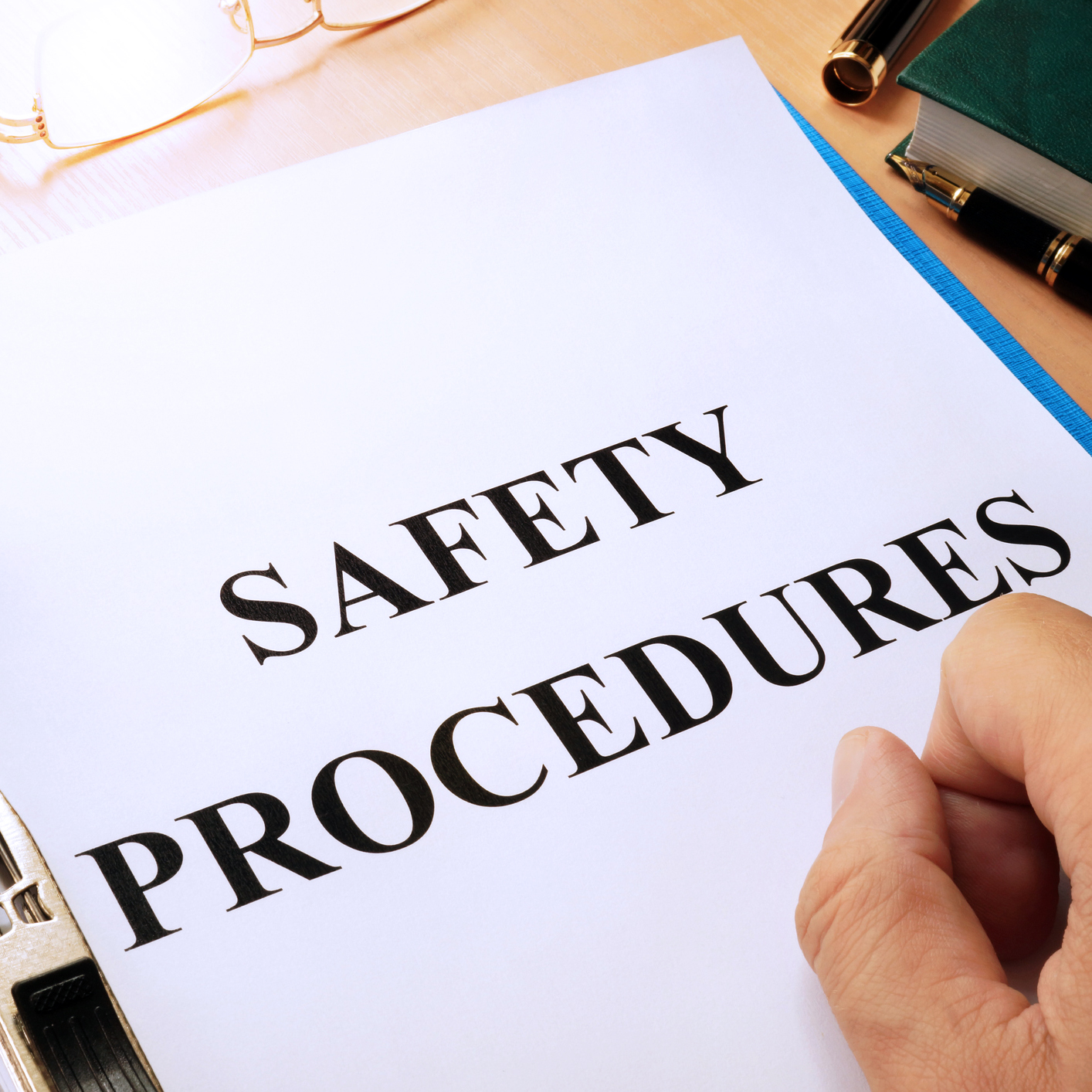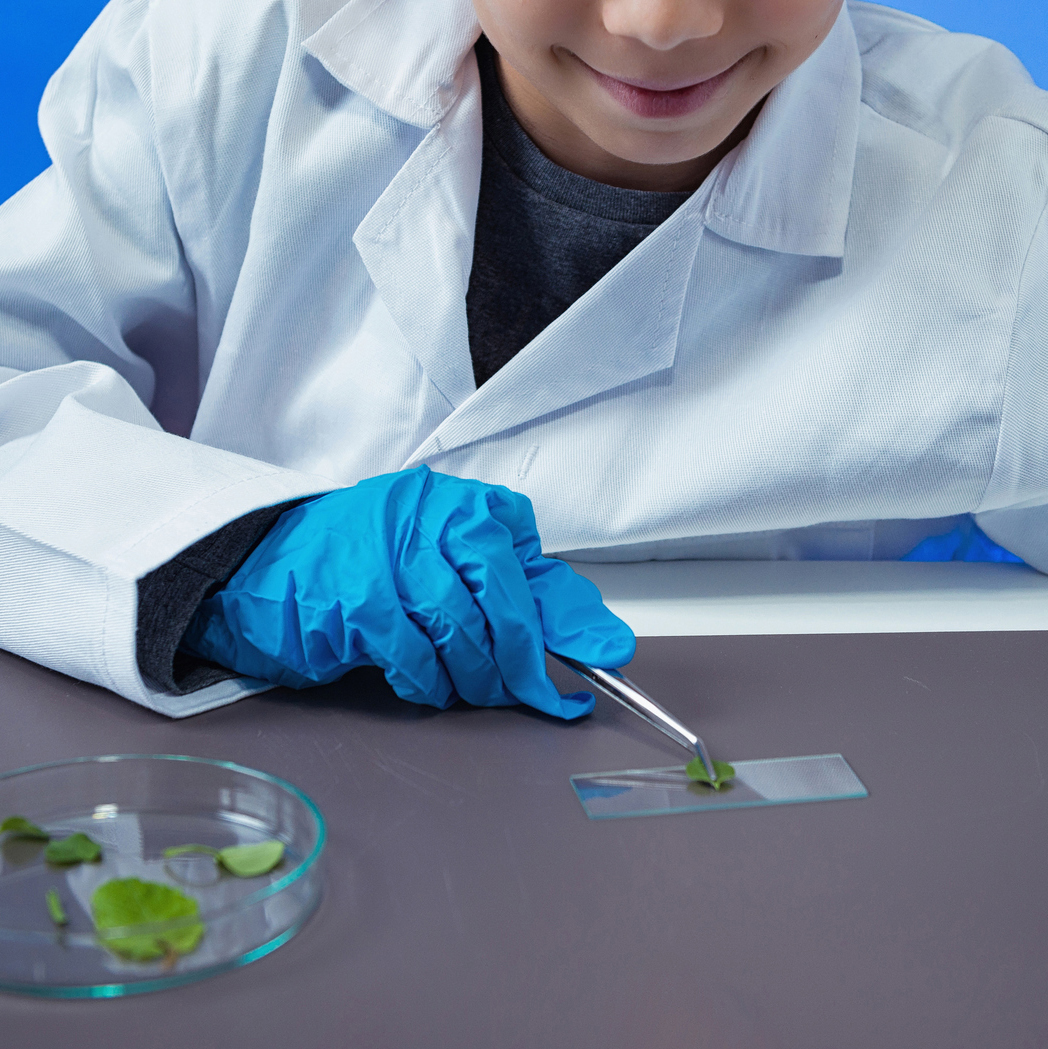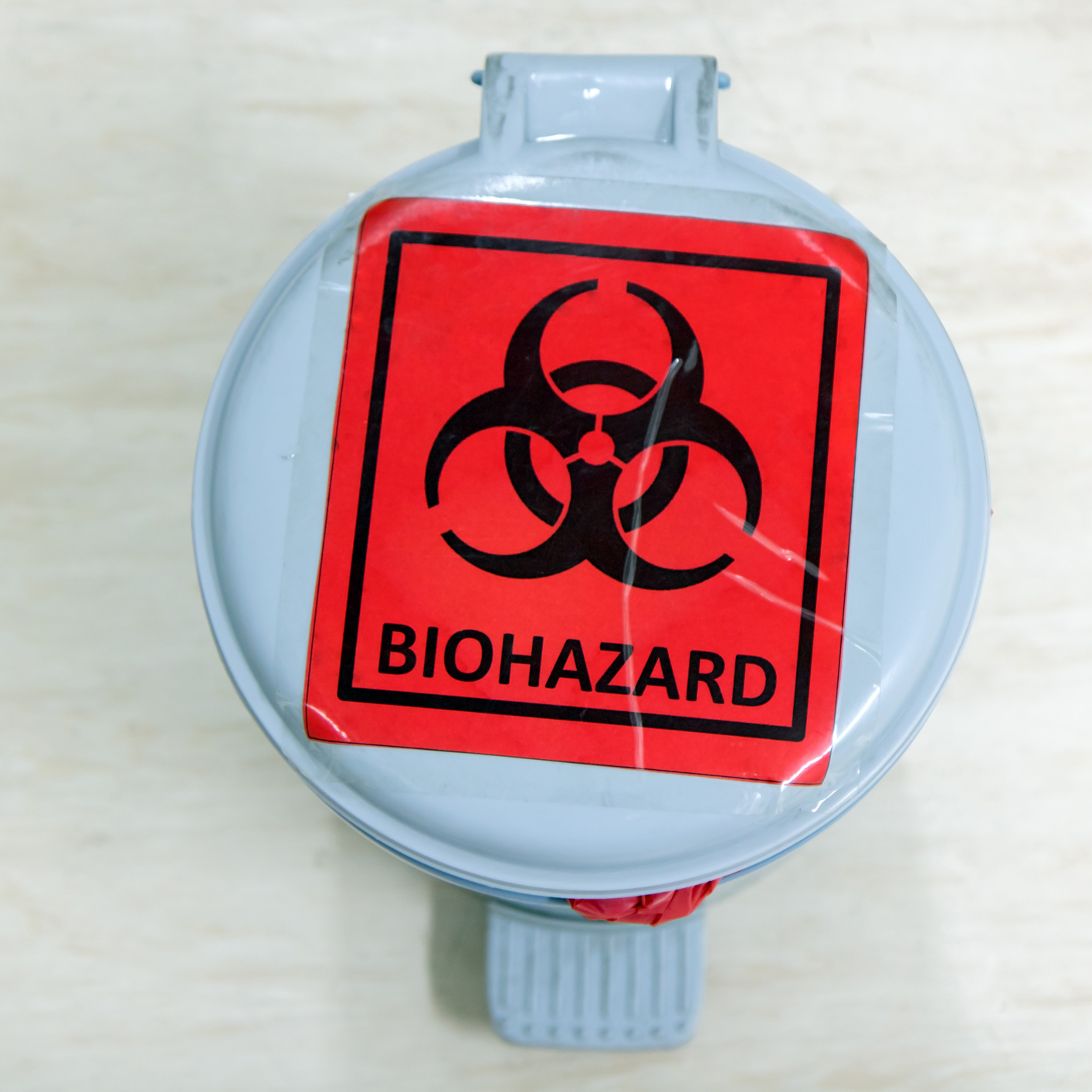Big things come from UAB’s research labs: We’ve learned that stem cell-derived heart muscle cells could be used in heart-attack repair and meal-timing strategies can lower appetite and improve fat-burning.
But the best work takes place when researchers adhere to best practices for lab safety, such as wearing the right gear and labeling materials properly, undergoing appropriate training, knowing the rules on lab visitors and materials disposal and staying calm in the case of emergencies.
UAB’s Department of Environmental Health and Safety (EHS) has myriad resources to promote lab safety, from safety and policy manuals to extensive training opportunities and downloadable safety signs. If you work in a lab, follow these six steps to partner with EHS to stay safe and do great work.

Wear the appropriate gear.
According to UAB’s biosafety and chemical safety manuals, gloves must be worn in anticipation of hand contact with hazardous chemicals, blood or infectious or potentially infectious materials. Also, safety goggles must be provided in every laboratory in which spills or splashes of chemicals or potentially infectious materials may occur, and they should be worn when necessary, along with disposable or reusable laboratory clothing, such as coats or gowns.

Stay up to date on training.
Log in to the EHS Training Decision Tree to review the training you need.

Stick to the rules for having lab visitors.
Adult visitors must complete a consent form requesting clearance to access a lab and an enrollment form that enables EHS to review work exposures and medical history to ensure all workers in a lab, volunteer or employee, have a safe, healthy work environment.

Label your workspace properly.

Dispose of all materials appropriately.

Memorize your emergency procedures.
Once resolved, many types of emergencies must be reported to EHS at 934-2487 or by email to safety@uab.edu. Visit the EHS website for more information.
